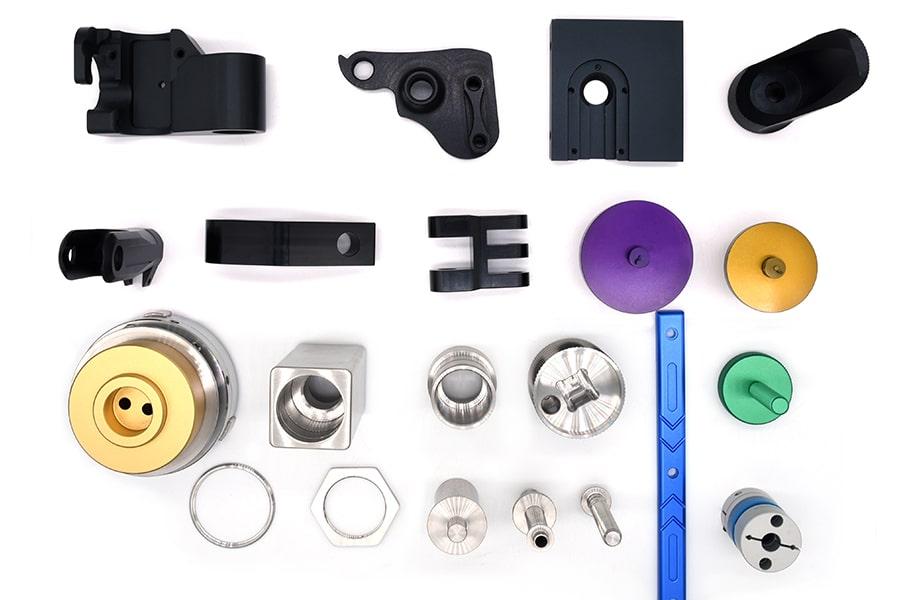CNC aluminum extrusion refers to a manufacturing process in which a machine guides a cutting tool along a pre-designed path to shape aluminum extrusions into custom profiles. In this process, the aluminum is heated up and forced through a die to create an extruded shape. The resulting aluminum profile is then cut, trimmed, and finished using CNC (Computer Numerical Control) machining techniques to create precise and complex shapes with tight tolerances. CNC aluminum extrusion is commonly used to create parts for various industries such as aerospace, automotive, electronics, and construction. Its high precision and repeatability make it an efficient and cost-effective way to produce custom aluminum components.
CNC aluminum profiles are high-precision aluminum extrusions that are cut, drilled, and shaped using computer numerical control (CNC) machines. These profiles are used in a wide range of industries because of their strength, durability, and versatility.
One of the main advantages of CNC aluminum profiles is that they can be customized to meet specific design requirements. CNC machines allow for precise control when cutting and drilling aluminum profiles, which means that complex shapes and patterns can be achieved with ease.
CNC aluminum profiles are commonly used in industries such as construction, automotive, electronics, and aerospace. They are used for structural support, framing, and as components in machinery. Other common applications include aluminum frames for doors, windows, and solar panels.
Overall, CNC aluminum profiles are a versatile and reliable choice for a wide range of applications, thanks to their excellent strength, durability, and precision manufacturing.
Aluminum parts can be easily customized through processes such as milling, CNC machining, laser cutting, and waterjet cutting. These processes can be used to alter the shape, size, and design of the aluminum parts according to the customer’s requirements.
Some common ways to customize aluminum parts include:
Changing the shape and size of the parts through milling or CNC machining.
Adding or removing features such as holes, cuts, or grooves using laser cutting or waterjet cutting.
Applying surface finishes such as anodizing, polishing or powder coating to improve the appearance and durability of the parts.
Adding logos, engravings, or other graphic designs using laser engraving.
Assembling multiple parts together to create a larger and more complex assembly.
Customizing aluminum parts can help create unique and specialized products that meet specific functional and aesthetic requirements. It can also help businesses stand out in a competitive market by offering exclusive products with customized features.
Turning and milling aluminum are two common machining methods used to shape and create various components from aluminum materials.
Turning involves the use of a lathe machine that rotates the aluminum workpiece on its axis while a cutting tool is fed into the material to remove excess material and create the desired shape. The lathe machine can be manually operated or computer-controlled (CNC) to produce complex shapes with high precision.
Milling involves the use of a milling machine that uses rotating cutting tools to remove material from a stationary workpiece. The machine can operate in different orientations and angles to create different profiles, slots, and holes in the aluminum material. Similar to turning, milling can also be CNC-controlled for high accuracy and repeatability.
Both turning and milling aluminum can produce high-quality components with tight tolerances, excellent surface finish, and good dimensional stability. However, the choice of machining method depends on various factors such as the complexity of the component, the required production volume, the accuracy and surface finish requirements, the material properties and characteristics, and the available resources and equipment.

